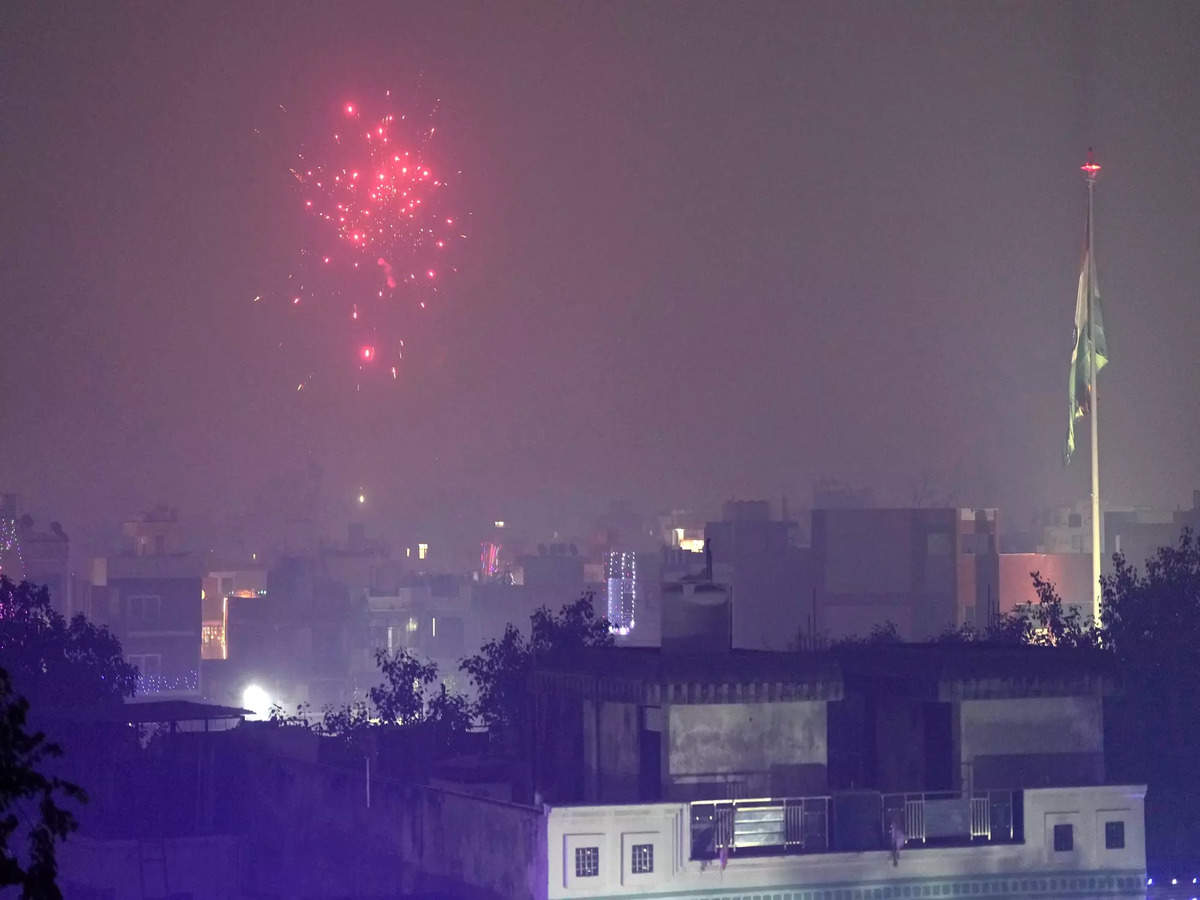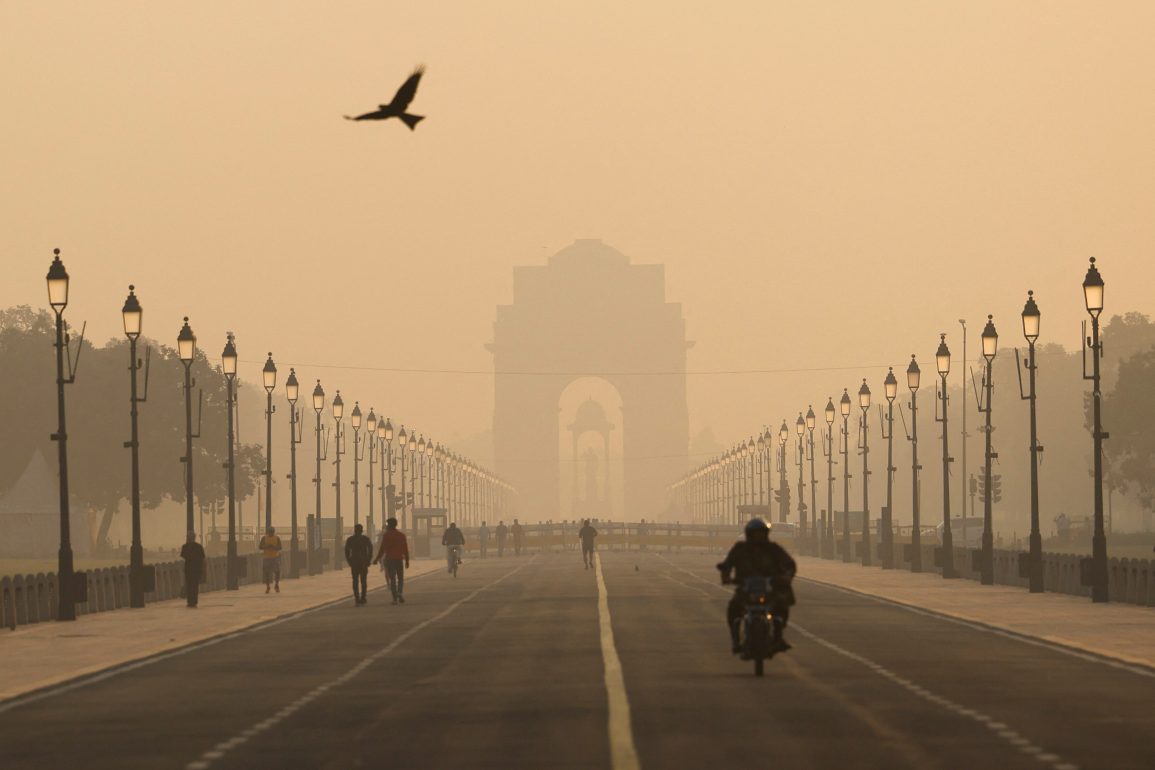A report by the Centre for Science and Environment (CSE) highlights severe air pollution during Diwali, with PM2.5 levels 34% higher than the previous year. This increase is notable as both Diwalis in 2022 and 2023 occurred in October, making it clear that air quality deteriorated significantly this year.
The study points to a sharp rise in nitrogen oxide (NO2) and PM2.5 pollutants, attributed to both Diwali firecrackers and crop stubble burning in surrounding states, which accounted for 27% of Delhi’s pollution on Diwali. The spike in PM2.5 from October 28 to October 31 emphasizes the festival’s impact, peaking at 603 micrograms per cubic meter on Diwali night—13% higher than the Diwali peaks in previous years.
While local fireworks were a major factor, the contribution from agricultural stubble burning surged as well. The data reveals that from October 30 to October 31, the number of farm fires rose from 60 to 605, with Punjab leading the tally, contributing 80% of these fires. Wind patterns played a role, carrying pollutants from these fires toward Delhi and intensifying the air quality crisis.
The combined effects of local and regional pollution sources led to ‘severe’ pollution levels across the city, with nine air quality monitoring stations reporting PM2.5 concentrations surpassing 900 micrograms per cubic meter on Diwali night. The highest pollution levels were recorded at Nehru Nagar, Anand Vihar, and other heavily trafficked areas.

However, despite these high pollution levels, the report observed a quicker dispersal of pollutants this year compared to previous Diwalis. This was attributed to favorable atmospheric conditions, including warmer temperatures, stronger ventilation, and moderate winds, which helped clear the air faster than in past years.
Even so, the pollution had already caused significant spikes, pushing Delhi’s air quality index from ‘poor’ to ‘very poor.’ This rapid build-up and dispersal highlight how weather conditions can temporarily alleviate pollution but do not eliminate its root causes.
The report also identified high NO2 levels, which have consistently risen on Diwali night in recent years, primarily due to heavy traffic congestion and vehicular emissions. The area around ITO had the city’s highest NO2 levels, reaching a night-time average of 182 micrograms per cubic meter, followed by JLN Stadium and Patparganj.
In contrast, Lodhi Road recorded the lowest NO2 levels, suggesting variable pollution exposure within different city zones. These findings suggest that local traffic patterns, in addition to Diwali festivities, contribute significantly to air quality issues in the capital.
As Delhi braces for colder, calmer weather in the coming months, the CSE warns that pollution may worsen due to stagnant atmospheric conditions, which trap pollutants near the ground. The report underscores the need for enhanced pollution control measures during festival periods and stricter regulation of both local emissions and regional agricultural fires.
Addressing these sources is critical, as air quality concerns extend beyond Diwali and are compounded by seasonal weather shifts that hinder pollutant dispersion, posing ongoing health risks to Delhi’s residents.

